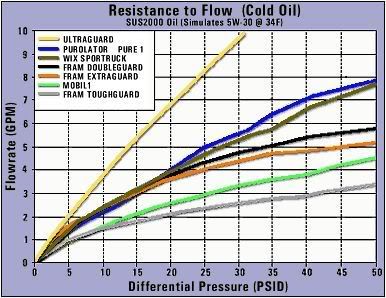Originally Posted By: Pablo
The largest question is why the latest so very low?
I'm still not certain what to make of it. Interesting that the wear numbers are so even.
1. I think the engine has (or is nearing) the point where break-in wear is leveling off.
2. Based on the UOA results the engine didn't know the difference between these oil filters, at least not at this mileage.
The largest question is why the latest so very low?
I'm still not certain what to make of it. Interesting that the wear numbers are so even.
1. I think the engine has (or is nearing) the point where break-in wear is leveling off.
2. Based on the UOA results the engine didn't know the difference between these oil filters, at least not at this mileage.






